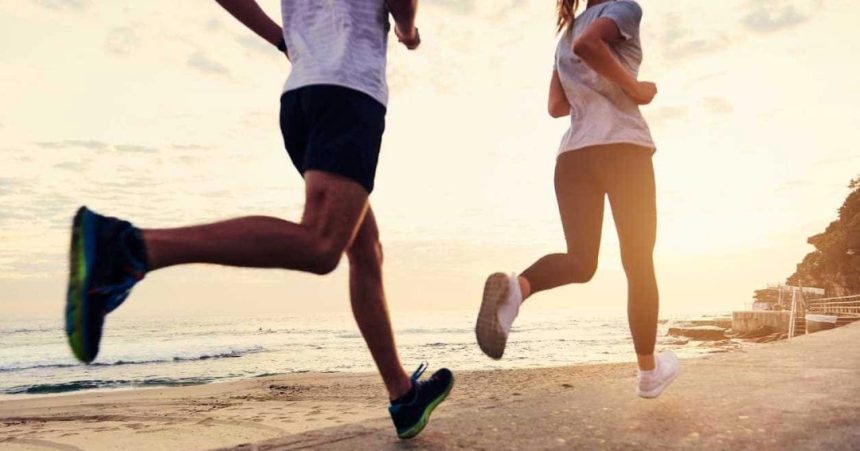There is now a consensus that moderate/intense physical exercise is fundamental for a healthy life, lowering blood pressure, helping to control blood glucose and the Body Mass Index.
However, what is often unclear is the type, quantity and limitations of this exercise, according to individual specificities.
The type of exercise should take into account your goals, preferences and availability.
The intensity of the exercise depends on the goal and personal limitations.
Limitations are chronic illnesses, injuries or incapacitating pain, in which case medical advice should be sought, and are not covered in this article.
The intensity of the exercise is categorized as light, moderate or intense.
Light exercise allows you to preserve the basic functions of everyday life, but it doesn't allow you to improve the mobility compromised by age, lose weight or have a significant cardiovascular impact. This is the case with walking, shopping and walking to the office without climbing stairs.
Moderate exercise is exercise that speeds up your breathing without making you gasp, allows you to talk but not sing, makes you sweat a little after 10-15 minutes: walking at 4.5km-6.5 km/h, playing badminton, playing doubles tennis, cycling at a speed of 16-20 km/h, washing windows.
Cardiovascular benefits can be seen if you do at least 2h30 to 5h of moderate activity a week, or alternatively 1h15m to 2h30m of intense/moderate activity a week, with several studies suggesting that the distribution of time over the week has no significant impact on the results. Aerobic exercise should be combined with moderate/intense muscle-strengthening activities, including weight training, yoga and Pilates at least twice a week.
There is evidence that aerobic exercise has an anti-depressant and immune system boosting effect, according to studies that have used running, and it is possible that the same is true of other types of moderate intensity exercise, although there are not many targeted studies.
Booth showed that 1/3 of the muscle mass in an immobilized limb disappears within a few weeks.
The reverse is also true: if effort increases in a sedentary individual, the muscle mass increases.
According to the evidence, the increase in protein synthesis with moderate/intense exercise is independent of age and gender, and the relative gain (percentage) is even greater in older people, as is their aerobic capacity compared to their previous physical state.
The existing studies cover a period of up to 3/6 months of exercise, which is a limitation. It is plausible to extrapolate that the gains will be greater with continued physical activity.
So it's important to start and equally important to keep going. To do this, it's essential to make a realistic choice: enjoy it, choose an activity compatible with your availability and, ideally, convince your partner, family member, friend or colleague to accompany you and create the challenge of those who manage not to give up.


Leave a Reply